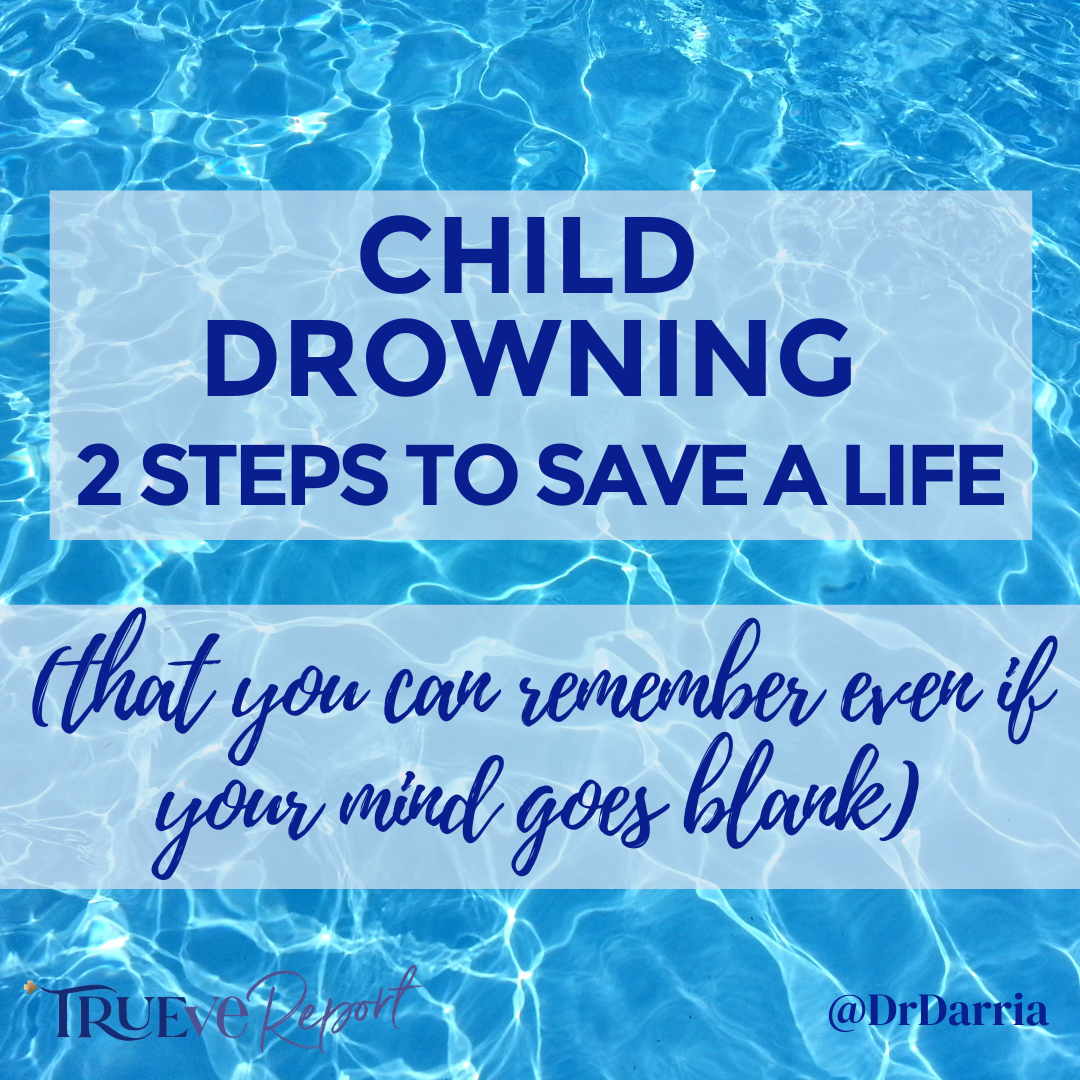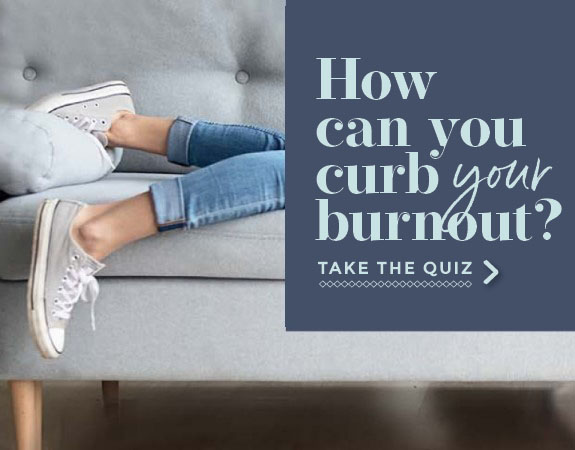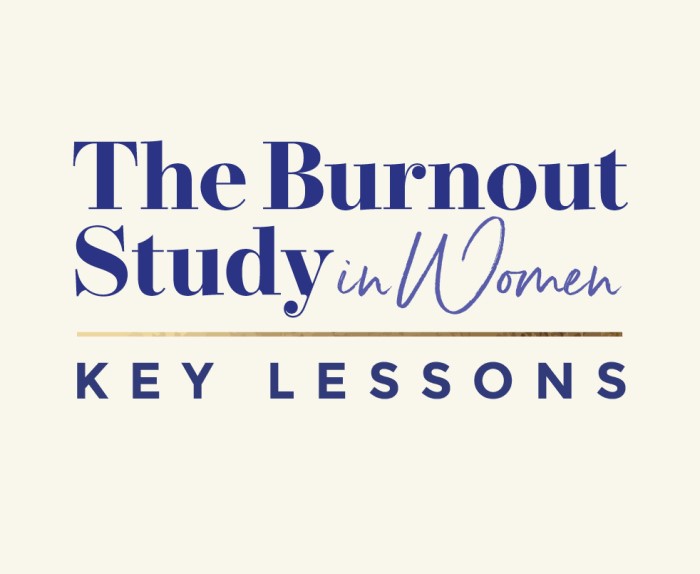Taking care of a child drowning is - more than probably any other case in the ER - the ones where I wish with every fiber that I could have JUST. TALKED. TO. THEM. 2 HOURS. EARLIER.
My stomach goes into lumps thinking about it – and I bet yours does too.
Here’s exactly what I *wish* I could have told the families I take care of in these situations – first, my “Pool Rules” for prevention, and secondly, how to act in the terrifying situation that you find a child unresponsive.
If you find a child drowning: Call 911, Start cpr
In the moment, even if you got CPR training (which I strongly encourage EVERYONE to do), your mind can go blank. All you need to remember: CALL (911), BREATHE, PUMP.
- CHECK (less than 10 seconds, tops!)
- Gently tap them, call their name, say “Hey! Are you ok?”
- If they respond to you, coughing, but are breathing on their own, lay them on their side in the recovery position while you monitor closely / assess for calling 911
- CALL: If there’s someone else there with you, have them call 911. They can also help walk you through ALL of this in real-time.
- CPR: Start CPR, with 30 Chest Compressions
- Depth, rate, and technique: Rate of 100-120 (to The BeeGees “Stayin’ Alive” beat),
- Infant: 1/3 depth of chest (~1.5 inches)
- 2 fingers (image here) (if just one rescuer) OR
- 2 thumb technique (image here) (if 2 rescuers) [3]
- Infant: 1/3 depth of chest (~1.5 inches)
- Children: 1/3 depth of chest (~2 in), using the heel of one or two hands (2 is better)
- Adolescents: 1/3 depth of chest (~ 2.4 in), with 2 hands
- Depth, rate, and technique: Rate of 100-120 (to The BeeGees “Stayin’ Alive” beat),
- BREATHE: -> 2 rescue breaths
- Infants: mouth to mouth-and-nose
- Children and adults: Mouth to mouth
- NOTES:
- You’ve probably heard that CPR is now recommended as “chest compressions only” (ie no rescue breathing). However, (1) that doesn’t apply to kids, and (2) especially not after pool drowning[1].
- Make sure the breaths are effective (i.e., the chest rises). Each breath should take about 1 second. If the chest does not rise, reposition the head, make a better seal, and try again.
- BUT – if you’ve tried 2 breaths and they’re not working (no chest rise), or you’re uncomfortable doing them for any reason, just do COMPRESSIONS only – because compressions only is better than nothing at all!)
- Do they respond after breathing?
- In many cases, infants or children who have had a brief submersion will respond just with stimulation or rescue breathing. If not, continue.
- Continue CPR until help arrives.
CPR Pro Tips
Do you check for a pulse? How do you know when to actually START CPR? Guidelines used to say to check for a pulse – but that caused delays during this precious early time interval. Now, unless you’re medically trained to look for a pulse, if someone is unresponsive, just start CPR. Bottom line – just START CPR. If the person grabs you and says “Hey what the heck are you doing?!?!”, then stop CPR. If they don’t, then they absolutely needed it.
Should you try the Heimlich? No. Do not delay CPR for Heimlich or to try to draining water out of their mouth
What if they’re gasping, but not actually breathing and not responsive? If someone has periodic gasping or moaning but is not responsive, start CPR. Gasping is a good sign – it means that the brain is still functional – but that the person needs chest compressions[2].
Do you use a defibrillator? While you’re doing CPR, the person who calls 911 can then go get the defibrillator (AED).
Can you use a defibrillator on someone who is wet/wet clothes? Remove wet clothes from chest, neck, and upper abdomen, and dry the akin, then apply AED pads and administer shock if the AED says so.
What about protecting their neck if they’re unconscious? IF there is a specific chance / circumstance that they dove shallowly and hit the bottom of the pool, potentially causing a cervical spine injury, do your best to move them as little as possible (what we refer to as “C-spine precautions”).
Don’t give up. It can be tiring. You can be exhausted. But, until EMS / 911 has arrived, do NOT stop doing this cycle. I have seen children survive after 45-60 minutes of CPR, once they arrive to the ER.
*Extra tip: If you’re in the moment and suddenly can’t remember if Breathe or Pump comes first, just start with either of them and cycle back and forth between Breathe and Pump. It’s far better to start them out of order, than to not start at all.
My Pool Rules to Prevent Child Drowning
1. Think pool safety redundancy when it comes to lowering the risk of a child drowning.
I suggest having at least 2 of these three:
- A physical circumferential barrier: Surround pool by a fence that is 4-5 feet high with a self-latching gate that is out of reach of smaller children.
- A physical pool barrier: such as a pool cover or specially designed net.
- A sound barrier: Alarm on either the gate when it opens, or when something hits the water.
2. Even with the above, make sure that you:
- Think of hot tubs and pools the same way – both bodies of water that are tempting for kids and should be monitored/covered the same way.
- If a house with a pool/hot tub has a party / large number of guests that are NOT using the pool, (1) make sure every gate to the pool is locked and (2) consider stationing an adult at the pool / hot tub, in case an errant child wanders over.
- If a child disappears, always check the pool first.
- PRO TIP: Don’t have any chairs / stools near the outside of the fence, that a child could drag over to climb over the fence. I once took care of a 4-year-old child who had dragged over a chair, leaned it against the fence and used it to climb into the pool area to get a toy that he saw.
- PRO TIP: Following on that story, NEVER leave a toy or inflatable in or around a pool after you get out – it’s too tempting for young children.
- Have children start swimming lessons as soon as they’re 6-12 months old. No, they won’t learn the baby butterfly, but eventually at a minimum they will learn lessons to float, crab=walk along the wall to safety, and even eventually do a back-stroke-like doggy paddle to the wall.
- Remember, drownings are typically NOT the big splashy process that we see in movies. They’re quiet.
- Learn CPR. See my summary below, or even better, take a course from the American Red Cross or American Heart Association. There’s also a new Until Help Arrives online course that you can take.
All my best,
- Dr. Darria
[1] https://www.ahajournals.org/doi/10.1161/circ.102.suppl_1.I-229#d3e1351
[2] https://heart.arizona.edu/heart-health/learn-cpr/gasping-sign-cardiac-arrest#:~:text=Gasping%20is%20a%20survival%20reflex,a%20high%20chance%20of%20surviving.
[3]Two thumb technique is superior to 2 finger technique in infants https://www.ahajournals.org/doi/full/10.1161/JAHA.120.018050
[4] Adult BLS https://www.ahajournals.org/doi/10.1161/circ.102.suppl_1.I-22#d3e3432
[5] Pediatric BLS https://www.ahajournals.org/doi/10.1161/circulationaha.110.971085








